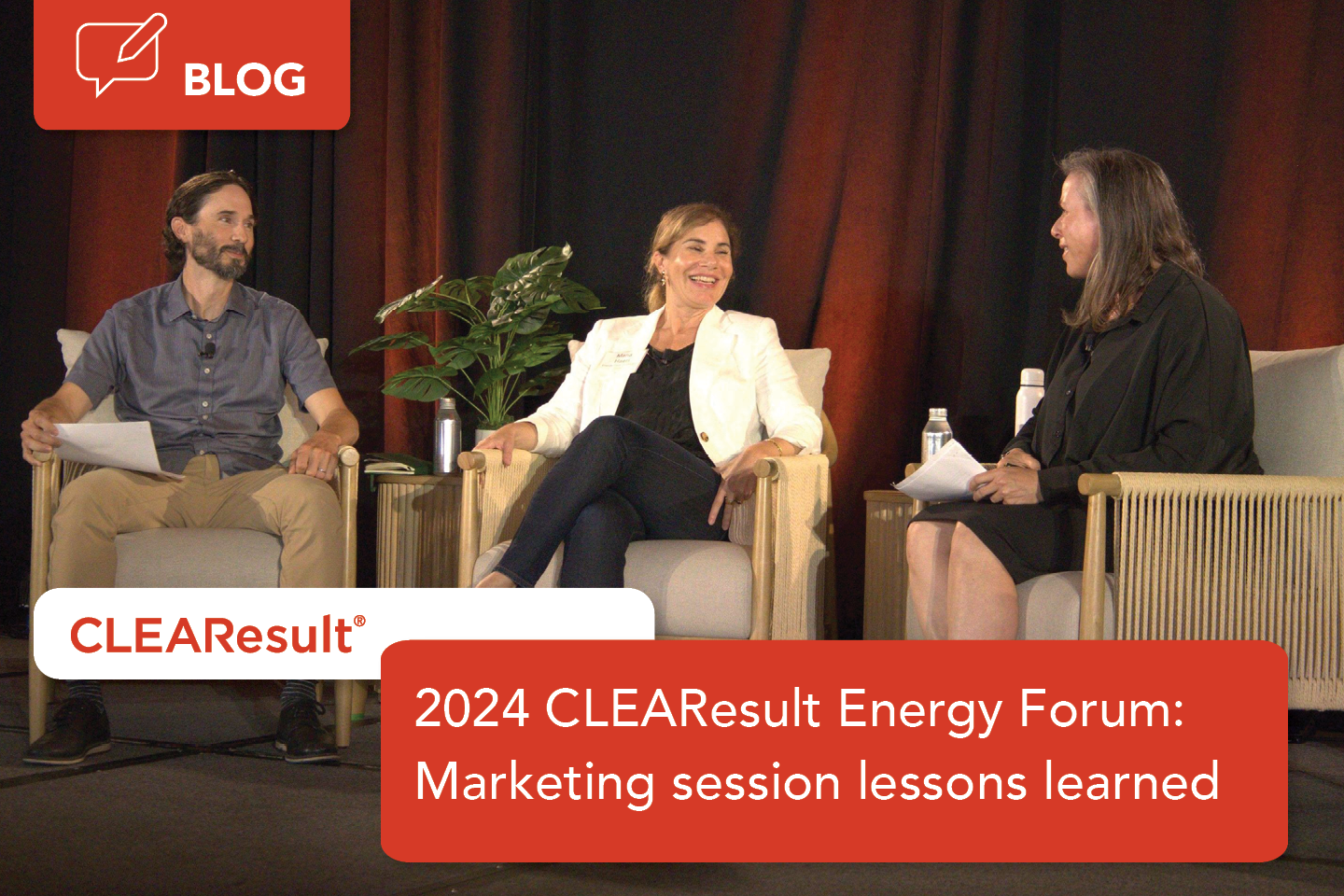Advanced segmentation through collaboration: a marketing approach to micro personas

Advanced segmentation is a powerful tool that allows energy efficiency programs to build stronger connections with their customers and improve the effectiveness of their marketing strategies. By using more refined customer data, programs can create highly personalized outreach efforts that drive engagement and program participation. During the 2024 CLEAResult Energy Forum, industry experts shared insights on how segmentation techniques like micro personas and internal goal alignment are helping better understand and serve their customers.
Capturing detailed customer insights with micro personas
One of the key takeaways from the forum was how energy programs are using micro personas to dive deeper into customer behaviors and needs. Micro personas go beyond traditional segmentation by including granular details such as lifestyle, home characteristics and past participation in energy efficiency programs. For instance, developing multiple micro personas allow programs to tailor their messaging to reflect the specific needs of different customer groups. A notable success story involved an Earth Day campaign, where personalized, data-driven messaging based on these personas led to significantly higher engagement. By moving beyond high-level demographics, programs can create communications that feel more relevant and targeted, resulting in better customer response.
Aligning internal goals for stronger program outcomes
Another important lesson for utilities is the value of goal alignment across teams. To achieve effective segmentation, programs must ensure that their marketing, program and analytics teams are working toward shared objectives. Building predictive models based on historical participation data to anticipate customer behavior is an effective strategy. For example, using a decade’s worth of data, one client set clear participation goals and continuously updated them as new information emerged. This ongoing refinement has helped maintain focus on the most effective strategies, ensuring that the programs stay aligned with both customer needs and internal performance goals. By building flexibility into the goal-setting process, they can keep their marketing efforts adaptable to market changes.
Collaboration and cross-team alignment
Cross-functional collaboration is also essential for implementing effective segmentation strategies. Regular communication and shared ownership of goals ensure that all teams—program, marketing and analytics—stay aligned. This holistic approach allows the program to respond quickly to new insights and market shifts. Expanding collaboration to include external partners, such as community-based organizations, can also bring fresh perspectives and help tailor their solutions to diverse communities.
Designing equitable and inclusive programs
Programs using advanced segmentation can also improve equity and accessibility in their programs. By refining their micro personas, energy efficiency programs can gain a deeper understanding of underserved and underrepresented groups. This allows for more targeted outreach to customers who might otherwise be missed by traditional methods. Incorporating more inclusive data and feedback from these communities helps design programs that are accessible to all customers, ensuring that energy efficiency benefits are shared equitably across the population.
By applying these advanced segmentation strategies, energy efficiency programs can better meet the needs of their diverse customer base, drive higher participation rates and create more personalized, effective programs. Through collaboration, data-driven insights and a commitment to equity, these programs can continue to innovate and improve their energy efficiency offerings.
Check out more lessons learned from our 2024 CLEAResult Energy Forum conference.